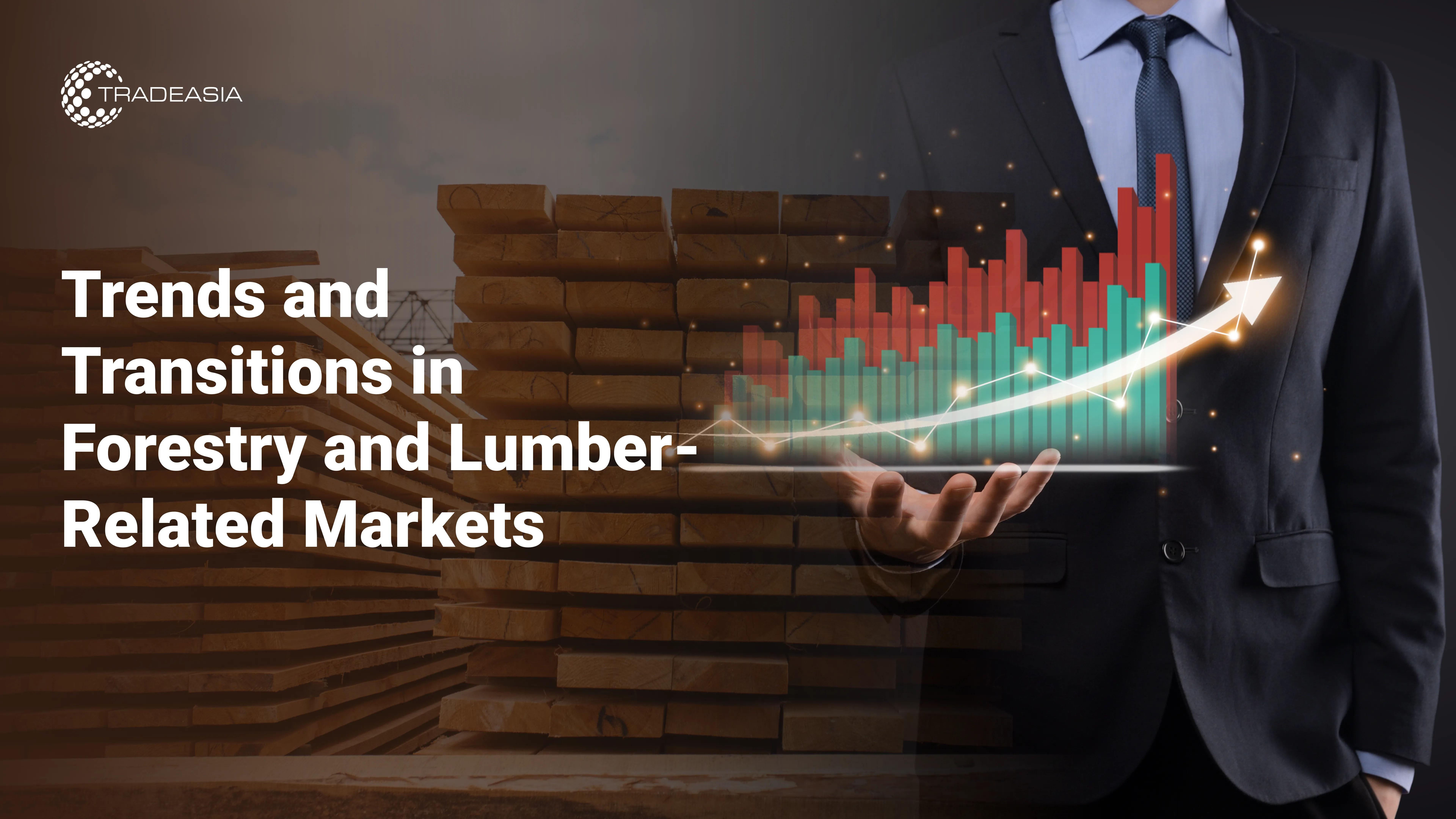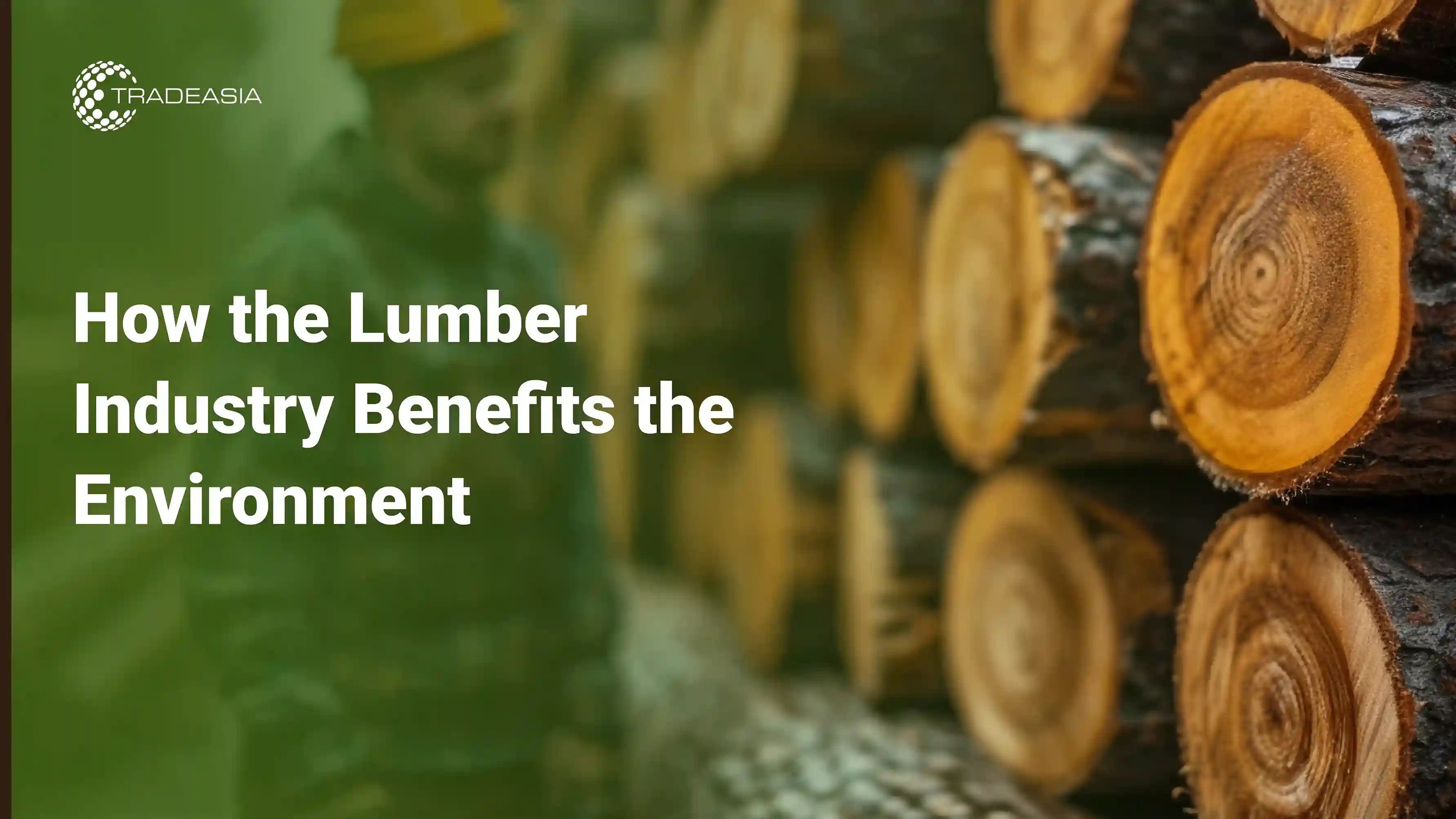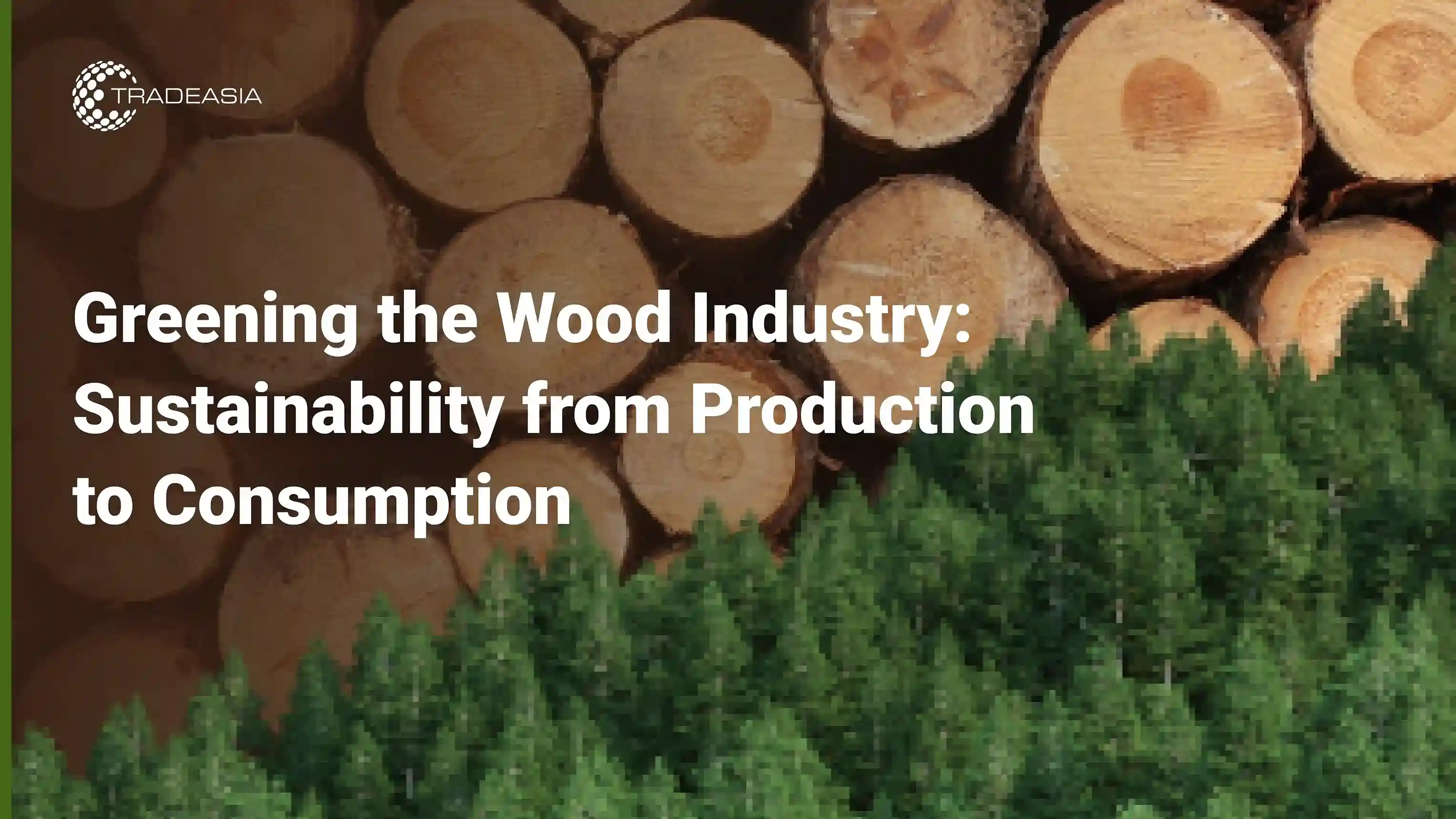Quick Inquiry
What are you looking for?
Choose Your Language
In an age where "green" building solutions flood the market, it's crucial to revisit the timeless, naturally abundant, and genuinely sustainable material that has shaped our world: real wood. More than just a traditional building resource, wood actively contributes to a healthier planet through its remarkable ability to sequester carbon, a process known as bio-sequestration.
The cornerstone of wood's sustainability lies in its renewability. Responsible forestry practices, like those implemented in Canada, where up to 20 new trees are planted for every one harvested, ensure a continuous cycle of growth and renewal. While the journey from sapling to mature timber takes time, the long-term vision of sustainable forestry guarantees a consistent supply for generations to come. This commitment to balanced forest management, where ecological integrity is prioritized alongside economic viability, underscores the lumber industry's dedication to a sustainable future.
Contrary to the notion that commercial forestry is detrimental to forests, it plays a vital role in their preservation. The economic value of timber incentivizes landowners to maintain forested land, preventing its conversion to alternative, potentially less sustainable uses like agriculture or grazing. The reality is that land ownership often necessitates a return on investment. Sustainable forestry provides this return while fostering a healthy and thriving ecosystem.
The natural carbon cycle is a delicate balance, and the overabundance of atmospheric carbon is a pressing global concern. Wood, however, offers a powerful solution. Through bio-sequestration, trees absorb carbon dioxide during their growth and store it within their cellular structure. This carbon remains locked within the wood, even after harvesting, effectively removing it from the atmosphere. Unlike decaying wood, which releases stored carbon, using timber in construction and design acts as a long-term carbon sink.
This inherent ability to sequester carbon makes wood a truly exceptional building material. It's not merely a "less bad" option; it's an active participant in mitigating climate change. By choosing real wood, we're not just constructing buildings; we're building a more sustainable future.
In a world increasingly focused on environmental responsibility, real wood stands as a testament to the power of nature and sustainable practices. Its renewability, its role in forest health, and its remarkable ability to sequester carbon make it an unparalleled choice for environmentally conscious builders and designers.
Contact us today for expert timber solutions tailored to your needs. We are committed to providing sustainably sourced, high-quality timber that aligns with your environmental values. Let us help you build a greener future, one timber beam at a time.

January 23, 2025
The forestry and Timber industries are in constant flux, grappling with global and national pressures. Climate change, the rise of green technologies, housing demands, labor shortages, and shifting demographics are reshaping the sector, presenting both hurdles and exciting new avenues. T
Read More
March 10, 2025
In an age where "green" building solutions flood the market, it's crucial to revisit the timeless, naturally abundant, and genuinely sustainable material that has shaped our world: real wood.
Read More
March 10, 2025
In an era defined by growing environmental consciousness, the sustainability of the wood industry has become a critical focal point.
Read More